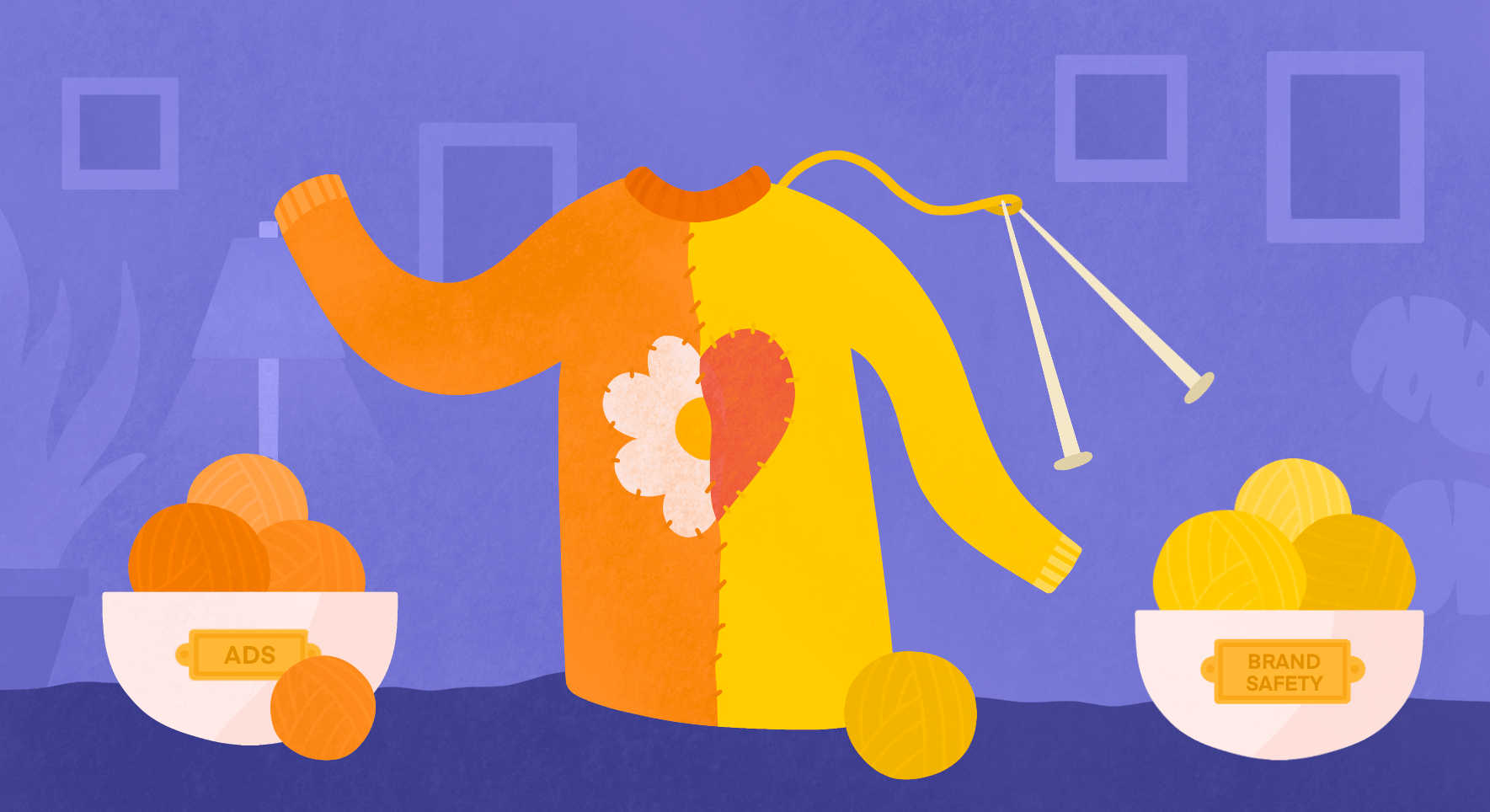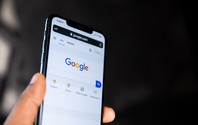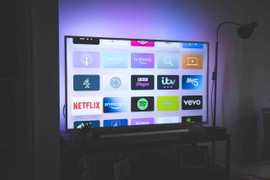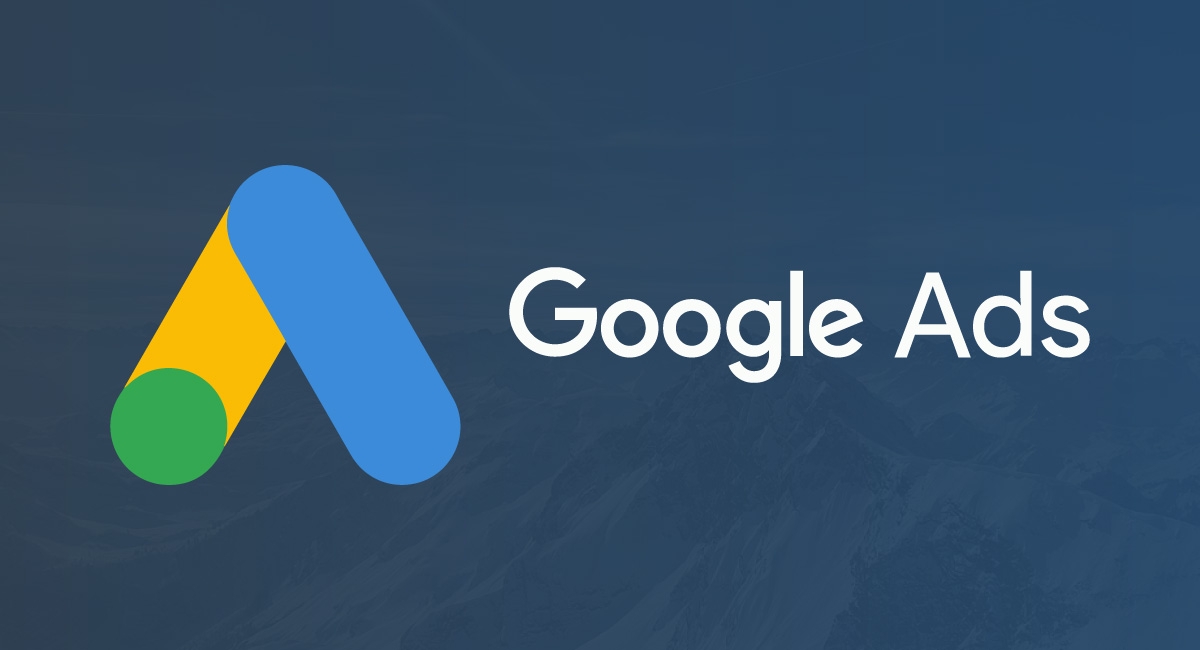You’re probably already aware of the importance of brand safety. In a nutshell, it’s about keeping your brand’s reputation safe when you advertise online.
In practice, it means avoiding placing any of your ads next to inappropriate content. And for ad networks, it means providing a safe and trustworthy environment for ad trading.
But how often do you think about brand safety when planning your ad campaigns? And do you have any systems in place to ensure quality control?
In this article we’ll explore where brand safety risks come from, how marketing automation can pose a threat, the importance of ad verification tech, and what businesses are doing to keep their reputation safe while simultaneously increasing their online reach.
Why Threats To Brand Safety Have Increased
Interest in brand safety has grown rapidly over the past couple of years. Firstly, because of the spike in money being spent on digital advertising. Data from eMarketer found global ad spend hit $455bn in 2021, with more than half of that (55.2%) going towards display and video advertising where most of the safety risk exists.
And secondly because of the huge increase in the consumption of video content, fuelled by the Covid lockdowns. Tony Marlow, CMO of the ad verification firm Integral Ad Science, commented on this shift in a recent Forbes interview:
“With stay-at-home orders and digital-first behavior during the pandemic, we’ve seen consumers watching even more video content across Connected TV (CTV) devices and that means greater viewership of ads. That’s a major opportunity for marketers.”
There’s an important caveat though. As ad spend and video audiences increase exponentially, the opportunity of greater reach needs to be weighed against brand safety risks.
Where Do The Major Risks Come From?
In the Forbes interview, Marlow stated that adult content is by far the biggest brand risk across all ad formats, generally followed by hate speech and then depictions of graphic violence.
Regardless of the content category the threat falls into, you obviously want to avoid placing your ad next to it and tarnishing your company’s reputation through association. And this risk is further heightened by social media – a single misplaced ad can now be screenshotted, shared, and start to trend.
A specific variant of brand safety risk has even become a feature on the popular journalistic website, Private Eye. Dubbed ‘Malgorithms’, they’re defined as ‘ads where the contextual meaning between a page and display ad is misaligned’. Here’s a rather unfortunate (albeit, dated) example:
Today, there are ad verification tools and processes available to avoid your ads cropping up in unsafe or inappropriate environments, as explained by Liam Hale, Digital Brand Communications Manager at Carlton & United Breweries in a recent article from The Drum.
“Whilst our primary use case for ad verification software is to inform media and creative efficiency, that’s not to say we don’t hold our partners to account for delivery to the right audiences and the right placements.”
How Automation Can Threaten Brand Safety
Not every business has invested in ad verification tech yet. And the need for more robust protection systems was highlighted in a notable case from 2017 when Google faced significant backlash from global brands including L’Oréal, HSBC, The Guardian and more.
Reports surfaced that Google had regularly (unintentionally) placed ads from each brand on extremeist websites and YouTube channels, including some created by supporters of Islamic State and violent pro-Nazi factions. This resulted in the affected brands pulling millions of dollars in ad spend from Google.
In essence, these brands placed too much trust in Google’s automated display and video ad campaigns and paid a price for it. While the automation certainly helped increase their overall reach, it removed an essential element of quality control. These brands had no idea where their ads were appearing. Until it was too late.
Google has since made changes to their display and video ad algorithms in an effort to combat the problem. And the affected brands have quietly resumed their ad spend. But the amount and rate of proliferation of digital content means brand safety remains a perennial problem for marketers. And it’s causing more harm than straightforward reputational damage.
Businesses that fail to consider brand safety when advertising online are helping to fund fraudulent activity with direct links to organized crime. Scammers and fraudsters collect cash every time ads are unintentionally displayed next their content. So what can brands do to stop that from happening?
Advancements In Ad Verification Technology
Whilst exact numbers are sketchy, a recent report published by Juniper Research found that losses due to digital ad fraud are set to reach $68 billion globally this year, rising from $59 billion in 2021.
And as ever, where there are dollars, there are bad actors. Fraudsters are continually creating more sophisticated technology to exploit and profit from vulnerabilities. And as a result, the ad verification platforms mentioned by Liam Hale above are stepping up their game to create enhanced fraud detection systems.
As Tony Marlow explains, it’s effectively become a game of cat and mouse:
“Investments in artificial intelligence and machine learning are essential. This means the technology gets smarter by the second at detecting and preventing ad fraud. It’s also about continuously testing new fraud detection technology in the areas where marketers and ad dollars are shifting, such as Connected TV Advertising (CTV).”
Case Study: How BT Doubled Its Reach In A Brand-Safe Way
In 2021, media agency Essence were tasked with increasing advertising reach for one of their biggest clients, British Telecom (BT).
The goal was to double their reach on platforms that monetize user-generated content like YouTube, while also ensuring a high degree of brand safety.
In the past they had minimized any risk to BT’s reputation by using third-party inclusion lists to select individual channels that were safe for distribution. This approach worked. But at the expense of scale and efficiency. It simply took too long to implement.
So to help BT achieve its goals, they needed a new approach that incorporated more automation. Head of Media Activation, James Sowter revealed their strategy:
“Firstly, we started determining suitability via machine learning. We utilized YouTube inventory modes to set the conditions and identify brand-suitable inventory with the right level of content maturity.
“Next, we pivoted to open-market-inventory. With improved platform safety, we were able to lean away from third party inclusion-list buying and instead move into open-market inventory, increasing our reach with relevant audiences.
Lastly, we took control over context. Recognising there is no one-size-fits-all solution, we were able to ‘turn the dial’ according to BT’s brand suitability preferences and hand control to them on where their messages are seen.”
In an age where people increasingly prefer to watch videos on demand, this approach delivered better reach, relevance, and customer growth for BT. It proved that with the right combination of automation and human oversight, brand safety and efficiency need no longer be a trade-off.
Taking A Balanced Approach
Today’s issues with brand safety – whether bots, fraud or inappropriate content – aren’t going away anytime soon. And while technology can certainly help, it’s not a silver bullet.
Marketing automation and ad verification platofrms can expand your online reach with much greater speed. But without the right people guiding that technology, your brand’s reputation will still be at risk.
At any given time, marketers should be able to locate (and potentially remove) their digital ads, wherever they appear online. Rather than stepping back and placing blind faith in display and video ad algorithms, you need to stay in the driver’s seat and keep control over your content and its placement.








